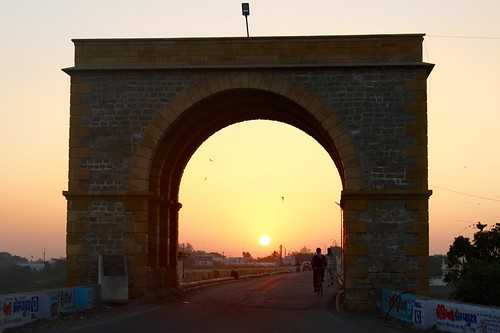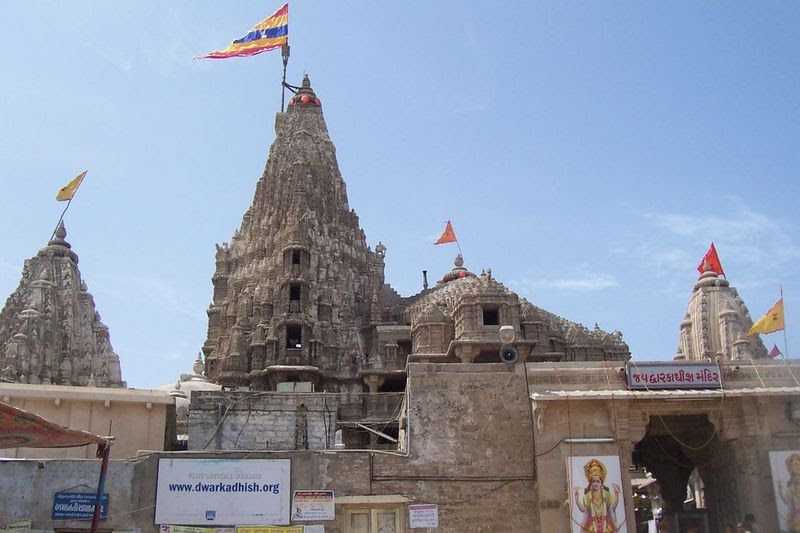Gujarat is a diverse and culturally rich state in western India, known for its unique blend of history, heritage, and natural beauty. Here’s a detailed overview of Kutch, Bhuj, and Dwarka, which are notable destinations in Gujarat:
Kutch
Overview:
- Location: Located in the westernmost part of Gujarat, Kutch is a large district known for its desert landscapes, vibrant culture, and traditional crafts.
- Climate: Kutch experiences extreme temperatures with hot summers, mild winters, and a monsoon season.
Key Attractions:
- White Rann of Kutch: A vast salt marsh that becomes a shimmering white expanse during the winter months. It is famous for the Rann Utsav, a cultural festival showcasing local arts, crafts, music, and dance.
- Bhujodi Village: Known for its traditional handicrafts, especially textiles and embroidery. Visitors can see artisans at work and purchase handmade crafts.
- Kalo Dungar: The highest point in Kutch, offering panoramic views of the Rann and the Pakistan border.
- Mandvi: A coastal town with beautiful beaches and the Vijay Villas Palace, showcasing a mix of Indian and European architectural styles.
Culture:
- Crafts: Kutch is renowned for its handicrafts, including bandhani (tie-dye), embroidery, and mirror work.
- Festivals: The Rann Utsav is a major cultural event featuring folk performances, camel rides, and local cuisine.
Bhuj
Overview:
- Location: The largest city in Kutch district, Bhuj serves as the gateway to the Kutch region.
- History: Bhuj has a rich historical heritage with influences from various dynasties and has been a significant center of trade and culture.
Key Attractions:
- Aina Mahal: A historic palace known for its mirror work and intricate architecture.
- Prag Mahal: A 19th-century palace with Gothic architecture and a tower offering city views.
- Kutch Museum: The oldest museum in Gujarat, showcasing a diverse collection of artifacts, including textiles, coins, and sculptures.
- Swaminarayan Temple: An important temple with intricate carvings and a serene ambiance.
- Bhujodi Craft Village: A village known for its traditional crafts, where visitors can see artisans creating beautiful textiles and other handicrafts.
Culture:
- Architecture: Bhuj features a mix of traditional and colonial architecture.
- Crafts and Cuisine: Bhuj is a hub for Kutchhi crafts and local cuisine, offering a taste of the region’s culinary delights.
Dwarka
Overview:
- Location: Situated on the western coast of Gujarat, Dwarka is one of the seven Moksha-puris (sacred places) in Hinduism.
- Significance: Dwarka is an important pilgrimage site associated with Lord Krishna and is part of the Char Dham (four abodes) pilgrimage circuit.
Key Attractions:
- Dwarkadhish Temple: The main temple dedicated to Lord Krishna, known for its ornate architecture and spiritual significance.
- Bet Dwarka: An island off the coast of Dwarka, believed to be the original residence of Lord Krishna. It is accessible by boat.
- Rukmani Mandir: Dedicated to Rukmini, Krishna’s wife, this temple features intricate carvings and a tranquil atmosphere.
- Nageshwar Temple: One of the twelve Jyotirlingas dedicated to Lord Shiva.
- Gopi Talav: A sacred pond associated with Krishna and his Gopis (devotees).



